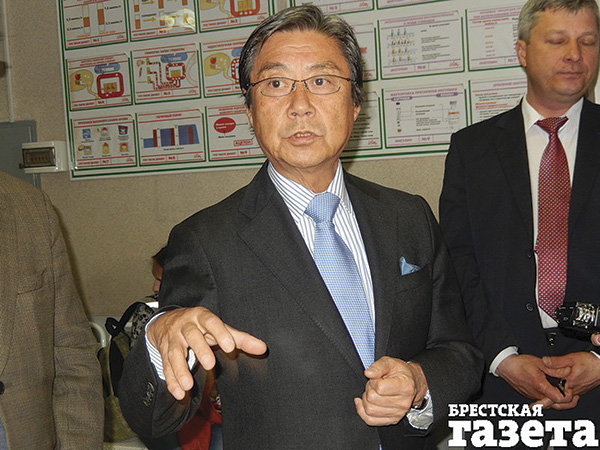
Professor Kazuo Shimizu
The Honorary Professor of the Japanese Medical University operated on a 30-year-old woman from Brest. It took him 90 minutes to remove her thyroid tumour. The operation was a success and the patient feels well.
“My method entails little trauma. A doctor makes a small cut near the collarbone to reach the thyroid. Therefore, no cuts on the neck are made. A patient can go home on the third day after the operation,” Mr. Shimizu explains. He’s come to Belarus with his colleagues: doctors, scientists and ecologists. Their visit is timed to coincide with the 30th anniversary of the Chernobyl disaster and the 5th anniversary of the Fukushima tragedy.
According to the Head Doctor of the Brest Regional Endocrinological Clinic — Artur Grigorovich, around 70,000 people are on the list of patients suffering from thyroid diseases. Every year, up to 500 are operated on. “Our task is to organise screening — with the aim of early detection of thyroid cancer. Not long ago, we bought a mobile diagnostic laboratory which enables villagers to have medical examinations on site. Biopsies are offered, making it possible to diagnose a disease in its early stage when it is often curable,” he says.
Mr. Shimizu is highly appreciative of Belarusian surgeons’ professionalism. Brest’s doctors have not only mastered his method but have also introduced their own developments. “Brest’s doctors are extremely skilful and we have been co-operating for several years already. Local doctors come for internship to Japan. In turn, we are interested in the experience of fighting against the Chernobyl nuclear disaster’s consequences. Catastrophes in Chernobyl and Fukushima were of a different character but they have much in common. I’m convinced our collaboration will continue,” the Professor noted.
By Pavel Losich











